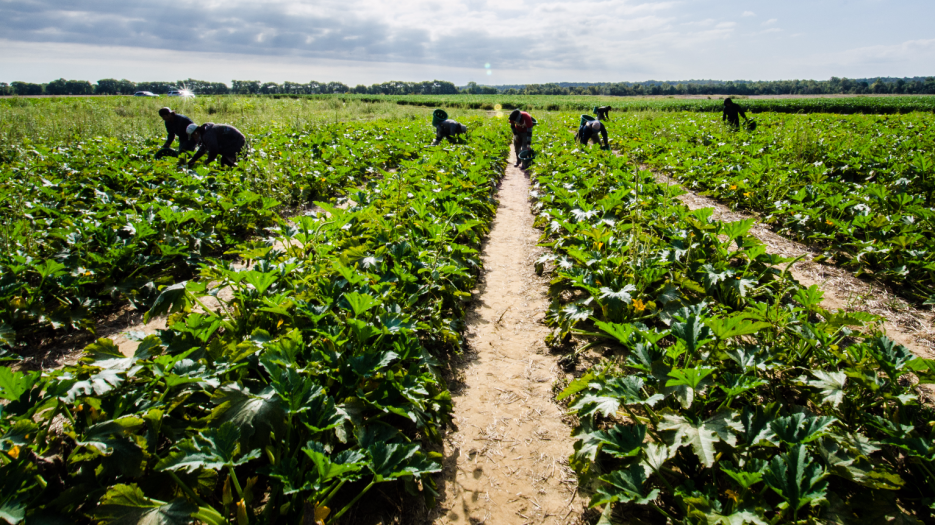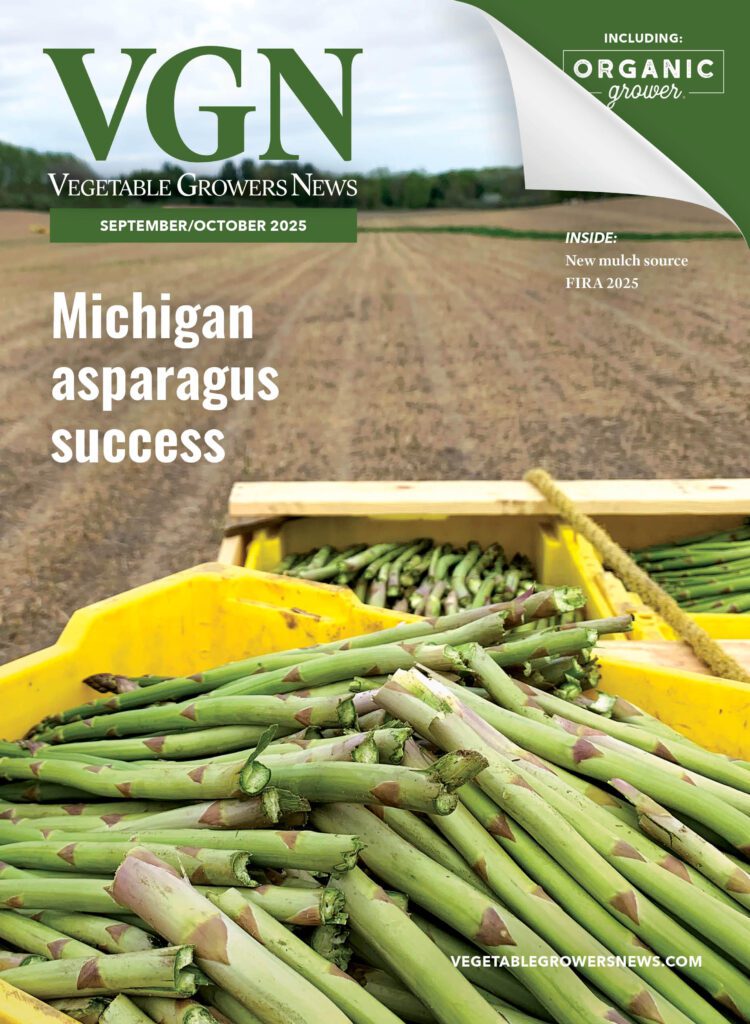Nov 28, 2022IFPA calls H-2A wages an ‘assault’ on produce industry
The International Fresh Produce Association is projecting an almost 7% average increase pay rates for workers in the H-2A program, based on the recent release of the annual U.S. Department of Agriculture Farm Labor Survey results.
USDA uses the survey to determine the Adverse Effect Wage Rates (AEWR), which are the wages that must be paid to H-2A workers. The AEWR is determined by a formula developed by the Department of Labor and claims to be developed to protect the domestic workforce from having their wages depressed by foreign agricultural workers, according to the IFPA.
 Many feel this data and the formula that DOL uses is inappropriate and does not rely on true wage cost for those who use the H-2A program, according to IFPA. As a result of this survey and using the DOL wage formula, the association anticipates the national AEWR will be $16.62, an increase of 6.8% over the current year. Across the country, individual state AEWR’s now range from $13.67 to a high of $18.65 in California. The highest single increase on a percentage basis was in Florida, where the AEWR increased by almost 15.5%.
Many feel this data and the formula that DOL uses is inappropriate and does not rely on true wage cost for those who use the H-2A program, according to IFPA. As a result of this survey and using the DOL wage formula, the association anticipates the national AEWR will be $16.62, an increase of 6.8% over the current year. Across the country, individual state AEWR’s now range from $13.67 to a high of $18.65 in California. The highest single increase on a percentage basis was in Florida, where the AEWR increased by almost 15.5%.
“Today’s (Nov. 23) release of the Farm Labor Survey by the USDA should be a clarion call from the fresh produce industry on why Congress must act this year on agriculture immigration reform legislation,” Robert Guenther, chief public policy officer for IFPA, said in a news release. “For the last two years, ramping up to the 2022 Congressional mid-terms, we have heard so much rhetoric from our elected officials about the rising cost of food and inflation taking off. “
He said Congress has the ability “to stop this unaffordable, and unacceptable increase in wages that will cripple producers” suffering from high inflation.”
“When Congress returns after the Thanksgiving holiday, they can put a stop to this assault on our members and the fresh produce industry by passing much-needed immigration reform which will not only help the farmers who grow our food, but the consumers who buy it,” Guenther said in the release. “Whether they will listen to the 100 million people who voted in the 2022 election or not is up to them.”
IFPA has long championed the House-passed Farm Workforce Modernization Act, which would put an annual cap on increases to the AEWR, and is currently working with senators from both parties to pass companion legislation that would do the same.
The effects of USDA’s Farm Labor Survey “demands legislative action now to stop these increases, and IFPA will continue its efforts to push Congress to pass legislation before the end of the year to prevent them from becoming law,” according to the release.

















